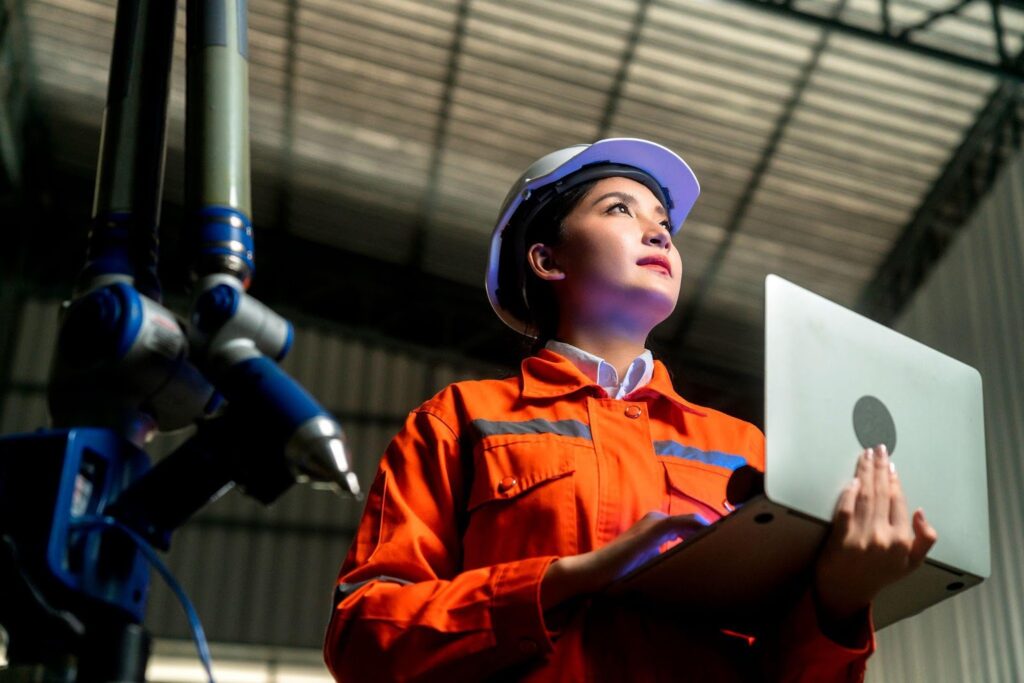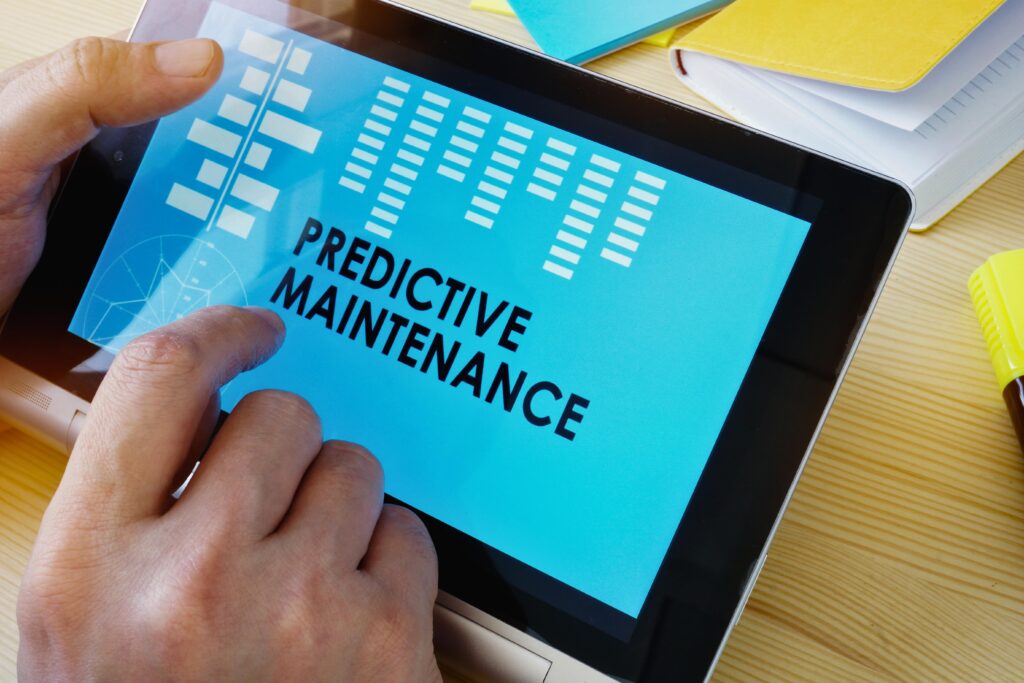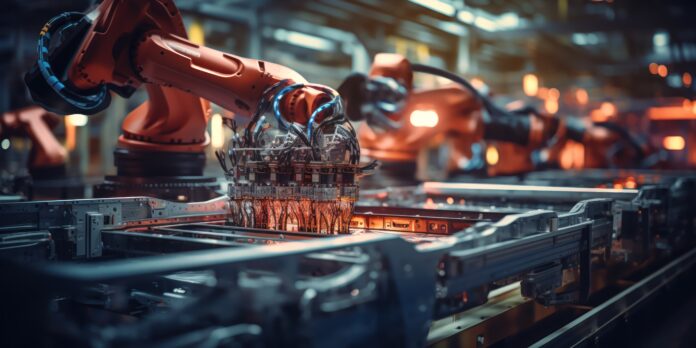The automotive industry is undergoing a significant transformation, driven by the integration of technological innovations such as Artificial Intelligence (AI) and Machine Learning (ML). One of the areas where these technologies are making profound impacts is predictive maintenance, an essential practice to ensure the optimal functioning of vehicles throughout their lifespan. As manufacturers face increasing competition and demand for higher quality vehicles, the role of predictive maintenance has never been more crucial. This article explores the interplay between AI and ML in predictive maintenance within car manufacturing, their benefits, challenges, and future prospects.
Predictive Maintenance in Car Manufacturing
Predictive maintenance refers to the process of using data analysis tools and techniques to detect anomalies in equipment operation and anticipate potential failures. The goal is to perform maintenance at just the right time to avoid unexpected breakdowns, thus minimizing downtime and extending the lifespan of machinery and parts. In car manufacturing, where the intricate interdependencies of systems demand high reliability and efficiency, predictive maintenance is imperative.
Traditionally, maintenance has been reactive—addressing issues only after they occur (breakdown maintenance) or performed based on a predetermined schedule (preventive maintenance). While these approaches have served manufacturers for years, they do not utilize data effectively to identify potential failures ahead of time.
The Role of AI and ML in Predictive Maintenance
AI and ML bring a level of sophistication to predictive maintenance that was previously unattainable. These technologies can analyze large datasets from various sources, such as sensor readings, maintenance logs, and operational data. The ability to identify trends and correlations allows manufacturers to gain insight into the health of machine parts and systems, facilitating timely interventions.
Data Collection and Integration
The first step in implementing an AI-driven predictive maintenance strategy is the collection of data. In modern vehicle manufacturing, the use of IoT (Internet of Things) devices has proliferated, enabling sensors to be embedded in virtually every aspect of the production line and the vehicles themselves. These sensors collect real-time data on temperature, pressure, vibration, and other critical metrics, creating a vast pool of information that can be analyzed by AI and ML algorithms.
Data integration plays a critical role in the success of predictive maintenance. It requires a comprehensive approach to aggregate information from various sources—machines, ERP systems, maintenance records, and more—into a unified platform. This process ensures that the algorithms have access to a complete dataset, allowing them to produce reliable and accurate predictions.
Machine Learning Algorithms

Machine Learning, a subset of AI, is particularly effective in the realm of predictive maintenance. Several types of algorithms can be employed, depending on the complexity of the data and the specific use case.
- Supervised Learning: this involves training algorithms using labeled datasets, where the desired output is already known. This approach requires significant historical data regarding failures and maintenance activities in order to train the model accurately.
- Unsupervised Learning: as opposed to supervised learning, unsupervised algorithms identify patterns or anomalies within datasets without pre-existing labels. This method can detect unusual behaviors in machinery that may indicate potential failures.
- Reinforcement Learning: this type of learning models the decision-making process, iterating through actions based on feedback from the environment. This is useful in optimizing maintenance schedules based on real-time operational conditions.
Predictive Analytics
At the core of predictive maintenance is predictive analytics, enabled by AI and ML. Predictive analytics employs statistical algorithms and machine learning techniques to identify the likelihood of future outcomes based on historical data. This process involves several steps:
- Data Preprocessing: cleaning and preparing the data is crucial to eliminate inaccuracies and ensure reliable input into models.
- Feature Engineering: the selection of the most relevant variables is crucial for improving model accuracy. Feature engineering is the process of selecting and transforming raw data into meaningful features that can enhance predictive analysis.
- Model Training and Testing: after selecting the appropriate algorithm, the next step is to train the model on historical data and validate its accuracy with a testing dataset.
- Deployment and Monitoring: once the model is deployed, it continues to monitor real-time data, generating alerts when anomalies are detected, which helps in planning maintenance activities.

Arshon Technology’s Advanced Insights and Predictive Maintenance Solutions
Arshon Technology is at the forefront of revolutionizing predictive maintenance with its advanced capabilities in AI and Machine Learning. By harnessing real-time data analytics, Arshon enables manufacturers to optimize maintenance schedules and anticipate potential equipment failures. The integration of IoT technology and advanced machine learning algorithms provides detailed insights into machinery health, empowering manufacturers to make data-driven decisions that minimize downtime and extend the lifespan of critical assets. With a strong commitment to enhancing operational efficiency and fostering sustainability, Arshon is playing a vital role in modernizing production practices within the industry.
Benefits of AI and ML in Predictive Maintenance
The adoption of AI and ML for predictive maintenance yields numerous benefits for car manufacturers:
1. Reduced Downtime
By predicting failures before they occur, manufacturers can schedule maintenance during planned downtimes rather than during critical production times, thereby minimizing disruptions. This proactive approach helps ensure continuous production flows and optimized operations.
2. Cost Efficiency
Predictive maintenance can significantly reduce maintenance costs associated with unplanned repairs and part replacements. By addressing issues early on, manufacturers can save on extensive repairs and decrease labor costs.
3. Improved Safety and Quality
Ensuring that machinery operates within safe tolerances decreases the risk of workplace accidents. Furthermore, maintaining equipment in optimal condition enhances the quality of the vehicles produced, as defects caused by equipment malfunction can be significantly reduced.
4. Extended Asset Lifespan
When machinery is well-maintained, its operational life can be extended significantly. Predictive maintenance allows manufacturers to use machinery until the end of its useful life rather than replacing it prematurely.
5. Enhanced Decision-Making
AI and ML provide invaluable insights and data-driven predictions that empower decision-makers in car manufacturing. This data-driven approach allows for more strategic planning and resource allocation.
Challenges in Implementing AI and ML in Predictive Maintenance
While AI and ML have revolutionized predictive maintenance, several challenges must be addressed to successfully implement these technologies in car manufacturing:

1. Data Quality and Availability
The quality and availability of data can hinder the effectiveness of AI and ML models. Inconsistent or incomplete datasets can lead to incorrect predictions and undermine the credibility of predictive maintenance programs.
2. Integration Issues
Integrating AI and ML systems with existing manufacturing infrastructures can be complex. Disparate systems, varying data formats, and legacy equipment present challenges that require a well-coordinated strategy for seamless integration.
3. Skills Gap
There exists a skills gap in the workforce with respect to AI, ML, and data analytics. Manufacturers need qualified personnel who can develop and maintain predictive maintenance systems, making training and development a critical focus area.
4. Resistance to Change
The implementation of AI and ML requires a cultural shift within organizations. Employees accustomed to traditional maintenance approaches may resist adopting new technologies due to fear of the unknown or lack of understanding of the benefits.
5. Cybersecurity Concerns
As manufacturers increasingly rely on digitally connected machines and IoT technologies, the risk for cyberattacks rises. Protecting sensitive data and ensuring the integrity of predictive maintenance systems are paramount considerations.
The Future of Predictive Maintenance in Car Manufacturing
Looking ahead, the role of AI and ML in predictive maintenance is expected to continue growing, shaped by several key trends:
1. Increased Automation
As AI and ML technologies mature, their integration into the manufacturing workforce will lead to an increasingly automated approach to maintenance. Automation can enhance productivity and allow human workers to focus on higher-value tasks.
2. Advanced Algorithms and Models
Ongoing research and development in machine learning will yield more advanced algorithms capable of deeper insights and more accurate predictions. Improved models will enable manufacturers to make more informed decisions regarding maintenance activities.
3. Real-Time Data Applications
The rise of edge computing will enhance the ability of manufacturers to analyze data in real time, allowing for more dynamic, responsive maintenance strategies.
4. Greater Collaboration
Manufacturers may increasingly collaborate with technology providers, fostering partnerships that facilitate innovative approaches to predictive maintenance. Sharing data and insights across the value chain will lead to better outcomes.
5. Sustainability and Environmental Awareness
Predictive maintenance can contribute to sustainability efforts by minimizing waste and improving resource efficiency. Reduced downtime and enhanced safety measures further contribute to a more sustainable manufacturing process.
Conclusion
The integration of AI and ML into predictive maintenance represents a remarkable advancement in car manufacturing. This technological evolution enhances operational efficiency, reduces costs, and significantly improves the quality and safety of vehicles produced. As data-driven decision-making becomes the norm, predictive maintenance will play a pivotal role in shaping the future of the automotive industry. While challenges remain, the potential benefits of AI and ML far outweigh the drawbacks. As manufacturers continue embracing this transformative approach, they will undoubtedly find themselves at the forefront of a new era in car manufacturing, one characterized by efficiency, reliability, and technological sophistication.
